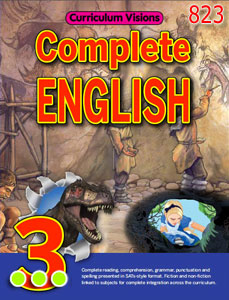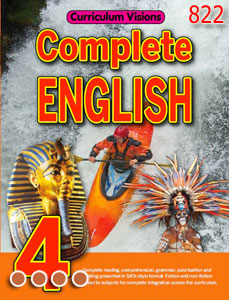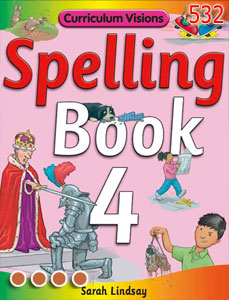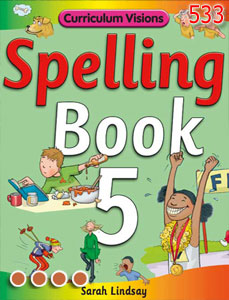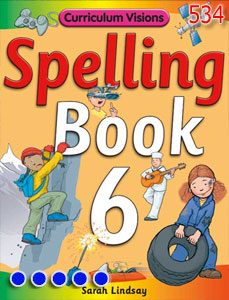Brian is writing about Vikings and what they own. So he is going to use lots of possessive nouns. But he doesn't know what a possessive noun is, so the chances are he will write them incorrectly. Actually, Brian uses possessive nouns all the time, but he simply doesn't know them when he sees them.
Let's step back one. Brian thinks he knows what a noun is. "It is an orange, a house, a store, Emily, history, teacher or whatever", says Brian. He is right. A noun is a thing, a place or even an idea.
A possessive noun is a special kind of noun. It is a noun that shows ownership.
So in Brian's case of Vikings, he found a possessive noun when he said, "the Viking's boats" as part of this sentence.
"The Viking's boats came ashore. "
See there are two nouns there, one in front of the other, with the possessive noun having an apostrophe s at the end of it.
That apostrophe s ('s) tells you that the boats belonged to a particular Viking, say a chief. It links them together. The Viking possesses, that is owns, the boats, the boats belong to the Viking, and so Viking's is a possessive noun.
That is the singular. The boats belonged to just one Viking. It can also be plural. The Vikings' boats. Here there are more than one Viking, so Viking ends in an s, making it plural, and the apostrophe follows the s, with no additional s.
Got it, says Brian!
